Table of Contents
While there are different types of welders available for different jobs, you cannot use just any of them for exhaust work. As exhaust tasks require dealing with exhaust pipes that have very thin surfaces, you will need a welder that will not burn the pipe and is easy to handle.
So, the question is – what kind of welder to use for the exhaust work? Well, experts suggest using a MIG welder for exhaust tasks. Since MIG or Metal Gear Inert Gas welding is widely used for working on thinner metals, it is perfect for welding delicate exhaust pipes.
However, there are other reasons to use MIG welders for exhaust works. In this article, we will explain those reasons and help you pick out the perfect welder for your job.
What Is MIG Welding?
MIG welding is a welding technique in which electrical power is used to melt metals and attach them together.
This technique is popular as it is quite easy to master. During the welding process, when an electrical arc between the material and the electrical node appears, it melts the electrode wire. As a result, the weld is created as it is deposited. After you take the heat source away, the heated metal will cool down after a short period.
Why Should You Use A MIG Welder For Exhaust Work?
You should use a MIG Welder for exhaust work because it is one of the most efficient ways to do so. There is an electrode wire that is fed into the welder. As a result, you will face fewer starts and stops during the welding process. Moreover, since you can complete the job with fewer continuous passes, MIG welders will save you valuable time and effort.
MIG welders are also versatile. MIG welding is effective for a range of metals, including copper, aluminum, carbon steel, silicon, nickel, magnesium, bronze, stainless steel, and many other alloys. They are also flexible enough to be used in a number of positions, offering you more convenience. Furthermore, they produce minimum splatter when welding, saving you time during clean-up.
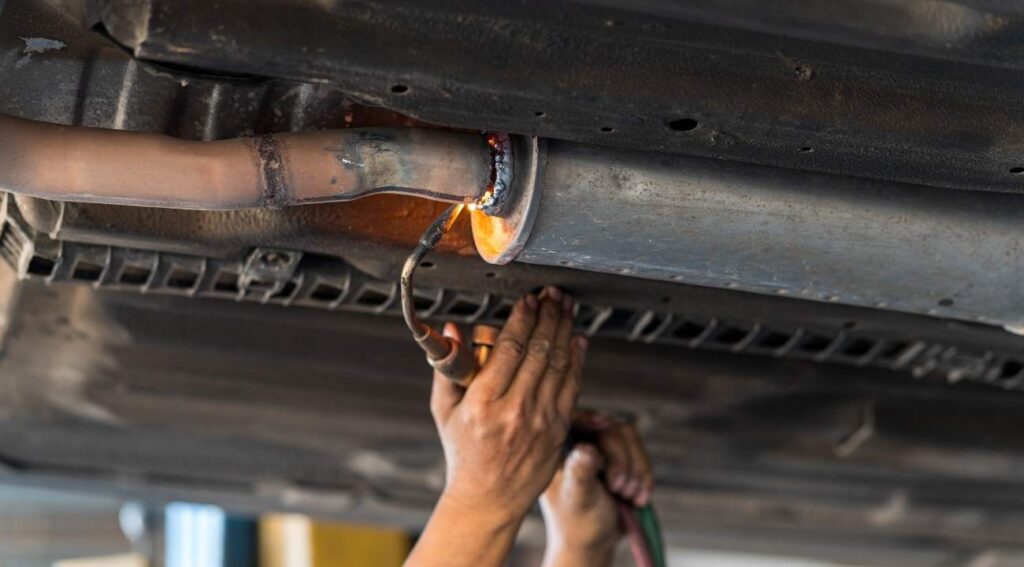
How To Choose A Welder To Use For The Exhaust Work
Welding an exhaust pipe requires the welder to have certain qualities. Therefore, before you decide what kind of welder to use for the exhaust work, you have to assess some important factors. Consider the points below and try to understand them clearly.
Power Input And Output
When it comes to power output, you will need to decide if the welder will be used only for exhaust work or other purposes too. A welder with 100 amps power output is enough for exhaust works and other light welding jobs. But for more heavy-duty purposes, it is better to pick a welder with 140 amps of power output.
You need to choose a welder that requires minimum power input while also working effectively. 120 volts of power input will be enough for a 140 amp welder, which will suffice for exhaust works. However, if you use a welder that requires 220 to 240 volts of power, you can use it for heavier tasks as well.
Wire Feed
An automatic feed setting on a welder can make your life much easier. It automatically adjusts the power output to keep the wire feed speed in check. If it is too fast, your surroundings will be covered with splatters and wires. If it is too slow, it will leave a messy weld, as the wire will disappear once it touches the metal.
Duty Cycle
The duty cycle is the amount of time a welder can keep running without getting overheated, within a ten-minute time slot. It is measured in percentages. For example, when it says “40% at 100a,” it means the welder can continuously run for 4 minutes before overheating and then it needs to rest for 6 minutes. If your welder produces lower power output, it is likely to have a higher duty cycle.

Portability
If a welder has a higher power output, it is most likely to be heavier as well. Therefore, you need to measure your storage space, how often you will need to carry it around, and the average carrying distance. A lightweight welder with just enough power output for exhaust work will have better portability. This can be an advantage if you need to use it frequently and move around.
Safety
You should pick welders that have safety features incorporated. Otherwise, you will bear the risk of causing serious damage to yourself, others, and your workstation. Some welders come with thermal overload shutdown to minimize this risk. Some models also have a contractor that can cool the wire down until you use the trigger.
How To Use A MIG Welder For Exhaust Work?
Using a MIG Welder for exhaust work is easy, convenient, and fast. Follow the steps below to perform welding jobs on an exhaust pipe with a MIG welder.
- Do some practice weld before you start the real work to ensure you have the right settings.
- Take the exhaust system out of the vehicle.
- Clean the exhaust thoroughly and make sure no damaged or worn-down metal is left behind.
- Make sure the tube ends are straight and at the exact angle that you want them to be connected.
- Using one hand to pull the trigger and another to support the nozzle, start welding.

Tips For Using A Welder For The Exhaust Work
Now that you know what kind of welder to use for exhaust work, you can start looking into the many available welders on the market. However, before starting the welding process, consider the following tips to ensure safety and better results.
- Remove the exhaust pipe from the car before welding it.
- Wear thick gloves, long pants, and closed-toe shoes to protect your hands and feet.
- Before welding an exhaust pipe, clean the inside and outside to minimize slag build-up.
- Use clamps when welding two tubes together so that you can use both hands for the job.
- Never forget to wear a welding mask as it protects your eyes and skin from harmful fumes and UV rays.
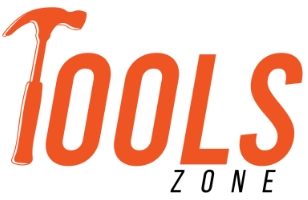

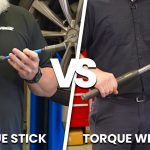




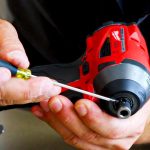
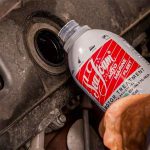

Leave a Comment